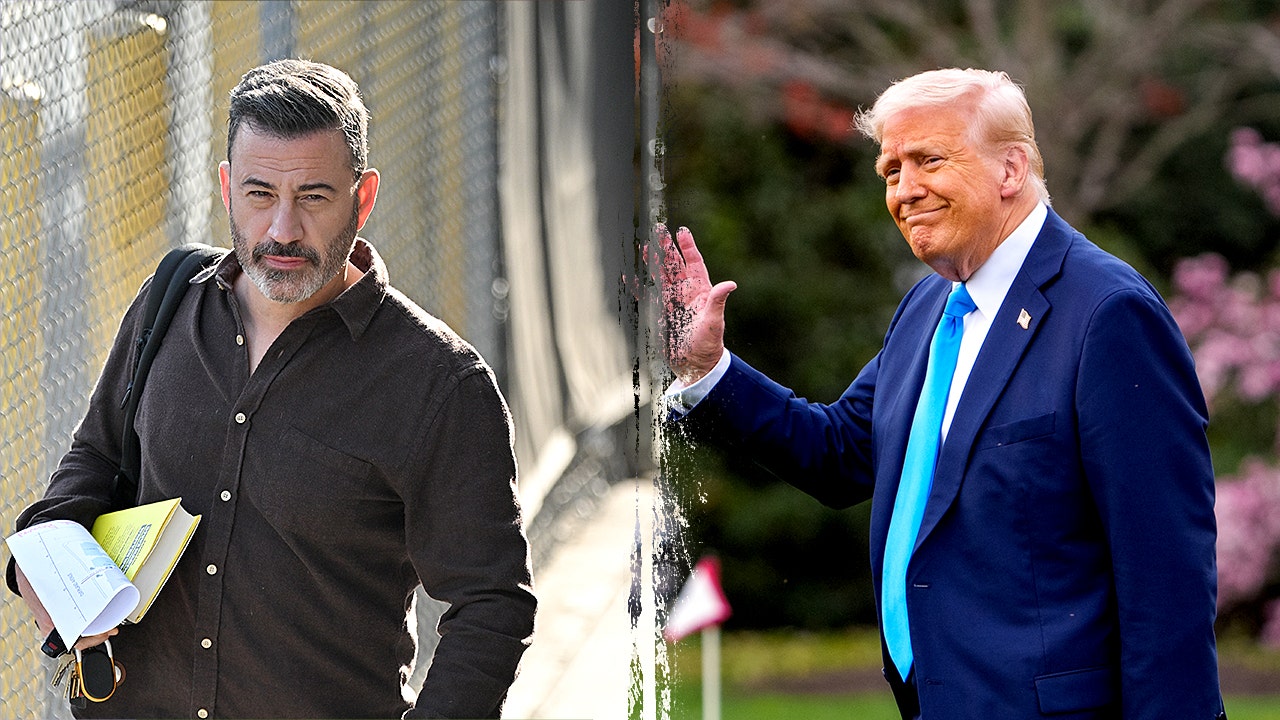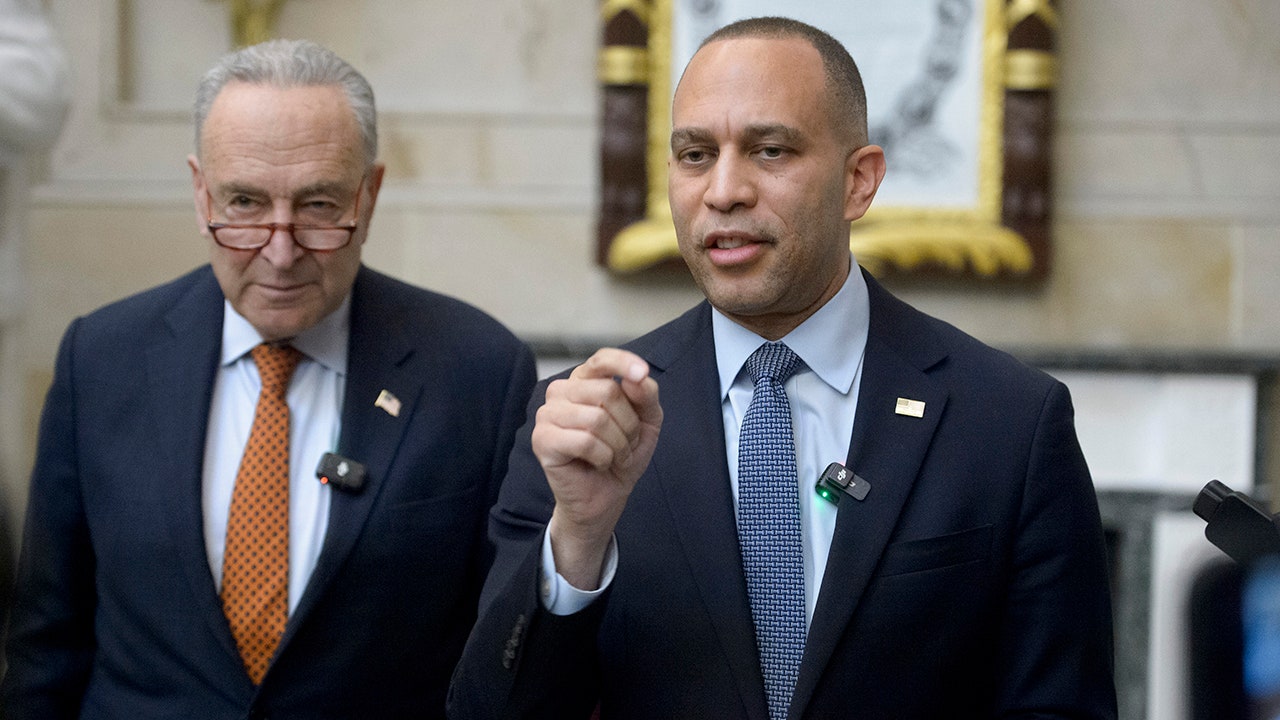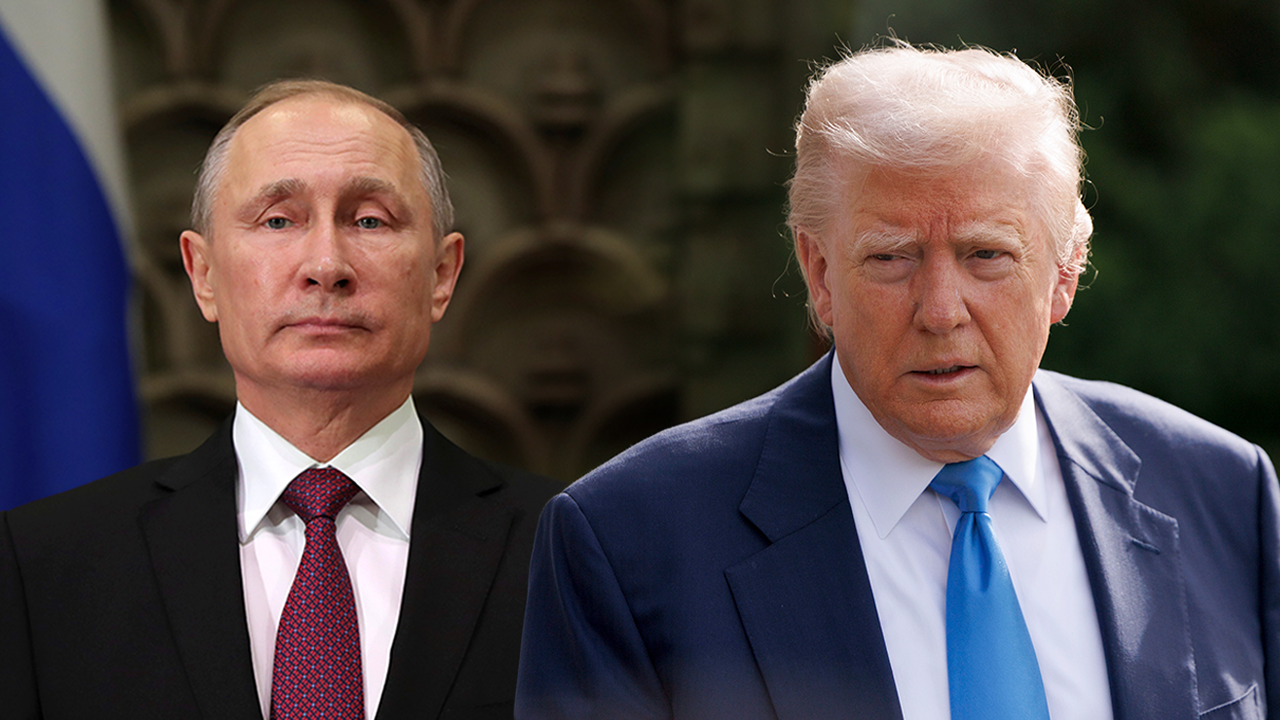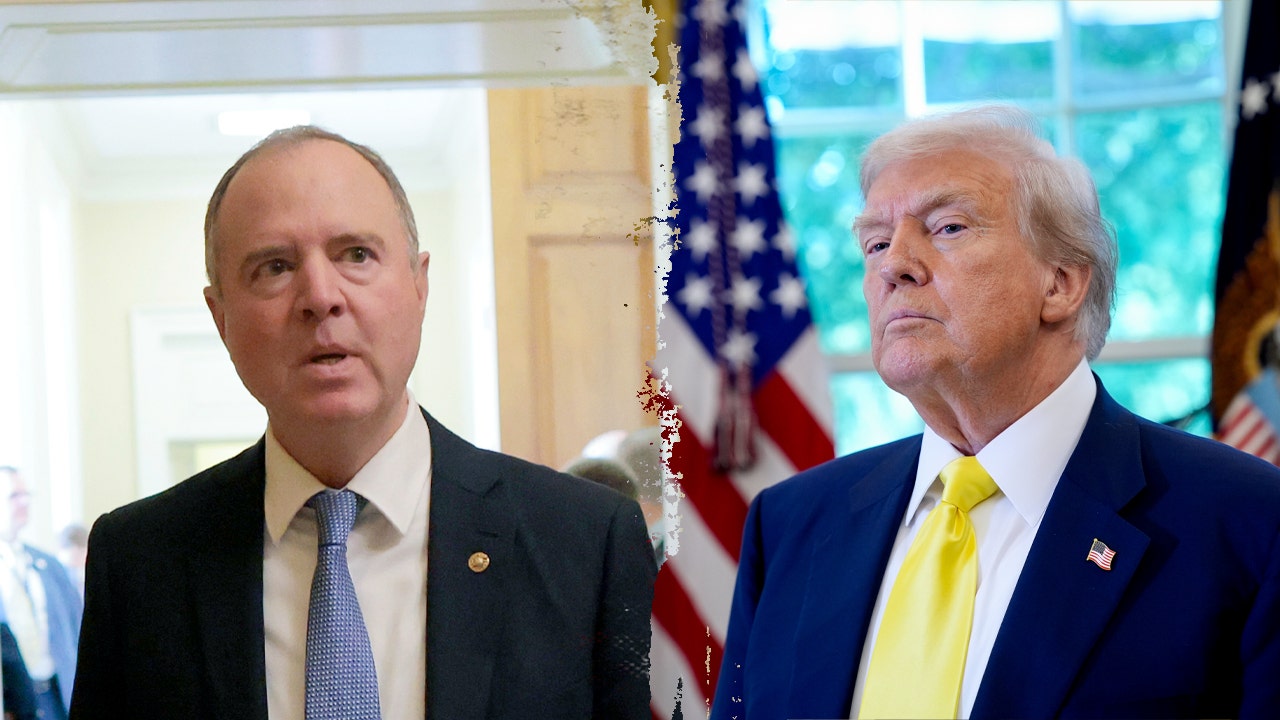Hegseth defends Iran strike after initial report doubted its effect

Defense Secretary Pete Hegseth argued that the bombing of three nuclear sites in Iran likely caused “severe damage” just days after reports emerged that the military’s intelligence arm assessed Tehran’s program had only been set back months.
In a combative press conference Thursday, Hegseth didn’t deny the findings of that report, instead arguing that its assessments were “preliminary” and “low-confidence.”
“This was an historically successful attack,” Hegseth said.
On Monday, CNN and multiple other outlets reported on an assessment by the Defense Intelligence Agency that the bombing set back Iran’s nuclear program by only months.
The reports noted that any assessments were still early and difficult to judge given that the bulk of each facility is far underground.
Alongside Hegseth, Chairman of the Joint Chiefs of Staff Gen. Dan Caine gave a technical presentation on the massive ordnance penetrator — the 30,000-pound bomb used to hit the sites — and the ventilation shafts targeted themselves.
“The weapons all guided to their intended targets and to their intended aim points,” he said, also noting they exploded as planned.
Both Hegseth and Caine lauded the technical success of the mission, from the bombers who entered the airspace to the analysts who helped design the weapons. But they wouldn’t comment directly on why the administration was now so confident that Iran’s nuclear program was now “obliterated” despite saying the initial assessment was premature.
Hegseth pointed to external intelligence sources — from the Israeli government to the United Nations — when making his case. He also mentioned a statement from CIA Director John Ratcliffe Wednesday night that argued Iran’s nuclear program was “severely damaged,” relying on “new intelligence from a historically reliable and accurate source/method.”
Hegseth also didn’t directly address questions about whether Iran moved highly enriched uranium, critical to a bomb, before the strikes.
“I’m not aware of any intelligence that I’ve reviewed that says things were not where they were supposed to be,” he said.
President Donald Trump and his Cabinet have attacked the journalists who reported on the initial DIA report. Hegseth opened the Thursday press conference with a similar scolding, criticizing outlets and one reporter by name.
The administration also delayed a classified briefing on Iran before Congress from Tuesday to Friday, over the strong objections from Democratic lawmakers.
“It was obliteration, and you’ll see that,” Trump said of the strikes at this week’s NATO summit in the Netherlands.
Caine on Sunday was more measured, saying at a press conference that the attacks caused “extremely severe damage” and arguing that any battle damage assessments were premature.
The strike itself included more than 125 U.S. aircraft, 75 precision weapons and 14 bunker-busting bombs in a stunning display of U.S. military force. Overall, the operation targeted Iran’s three main nuclear sites: Fordo, Isfahan and Natanz.
On Monday, Iran responded with a relatively limited retaliation on a U.S. base in Qatar. No casualties were initially reported, and nearly all the ballistic missiles fired were intercepted, the Pentagon said.
Iran does not yet have the capability to build a nuclear weapon and claims its enrichment program is solely for civilian purposes.
Israel and Iran, who had been trading attacks for almost two weeks, agreed to a ceasefire as of early this week.
Noah Robertson is the Pentagon reporter at Defense News. He previously covered national security for the Christian Science Monitor. He holds a bachelor’s degree in English and government from the College of William & Mary in his hometown of Williamsburg, Virginia.
Read the full article here









